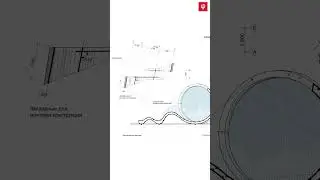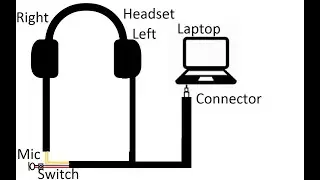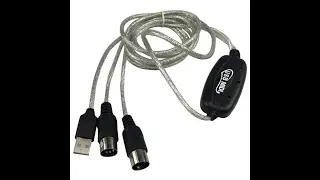Cisco: How To Configure DNS Client Or DNS Server On Cisco Router
The goal of this video is not to cover all DNS features, but to explain the main commands and provide some examples and guidelines.
Using DNS is a must in nowdays. No DNS you need to remember the bunch of numbers like 192.168.1.1 or 203.21.13.42.
DNS Client or DNS server are different, both that can be implemented or applied to a cisco 880 router exclusively.
In this video, we try DNS client first and then DNS server.
When router is in DNS client mode, it selfish. It won't serves DNS queries that originated from client-PC and dedicated to the router, in other word: DNS client only serves or resolve PING hostname and TELNET hostname that generated by router itself.
When client-PC use the router's IP address as their DNS server IP address, when DNS router as client-PC won't get resolved.
When router is in DNS server mode, it able to:
1. Accepts and Resolves DNS queries originated from client PC like Windows and Linux.
2. Forwards your DNS queries to other name server a.k.a other DNS server in the internet for example: 8.8.8.8 or 8.8.4.4 or your ISP's DNS, if the router don't have a database entry about it. So, yes you need to connect him to the internet and successfully ping them all.
3. When the responses arrives, it caches the response/answer/reply of the DNS queries from other name server into the table show host.
4. Forward lookup and Reverse lookup
5. Can be used / pointed as DNS server for desktops in your administered LAN.
DNS can be:
1. Forward lookup: this mean lookup the database and find hostname and get the hostname ip address.
2. Reverse lookup: this mean from ip address to hostname.
Thats the differences between them. I hope you enjoy the video and please like and/or subscribe.
DNS is a system. It consist of:
1. DNS server
2. DNS client


![HOW TO GET FISHMAN KARATE + SHOWCASE! [SQUARE PIECE]](https://images.videosashka.com/watch/hYK8KdZ8dW4)







